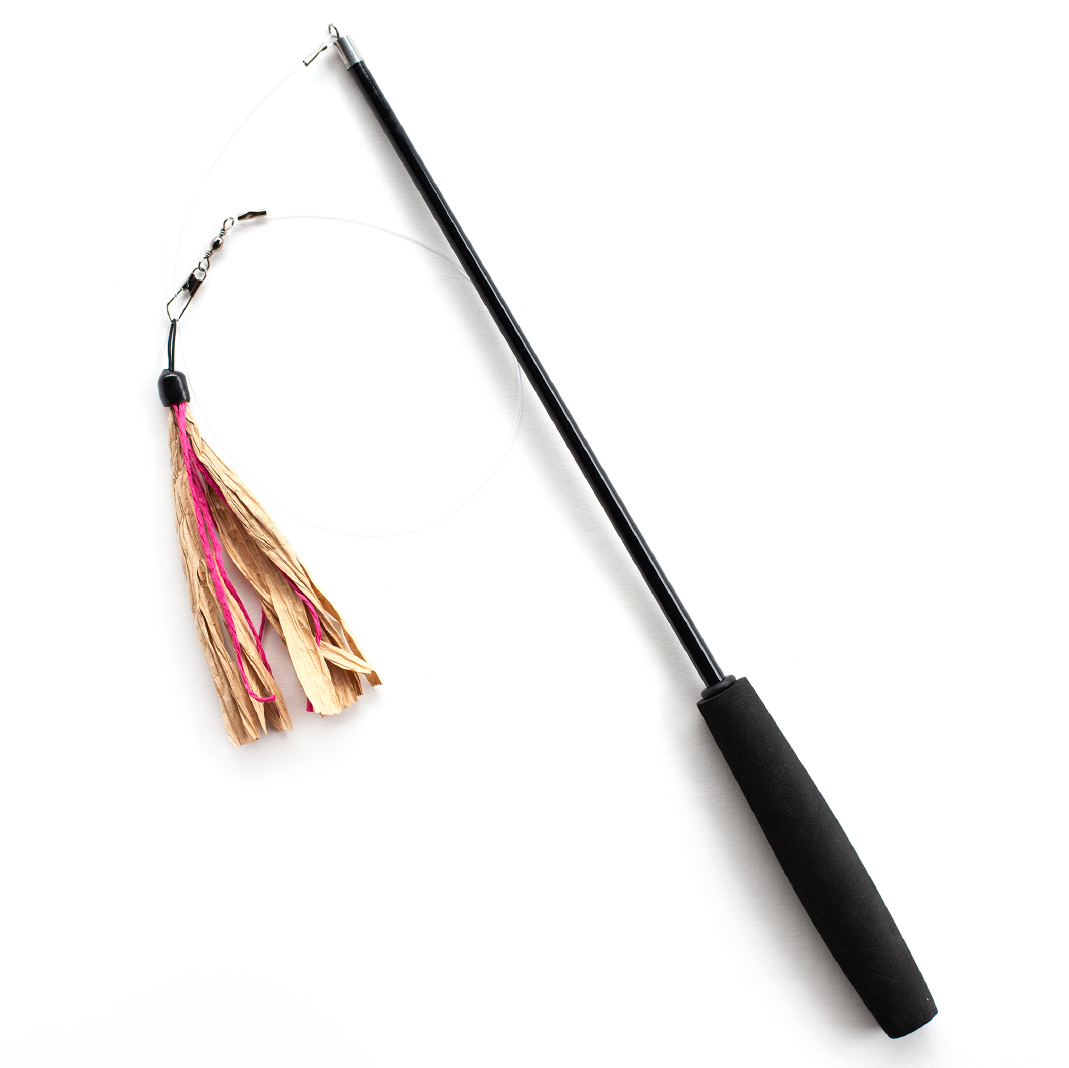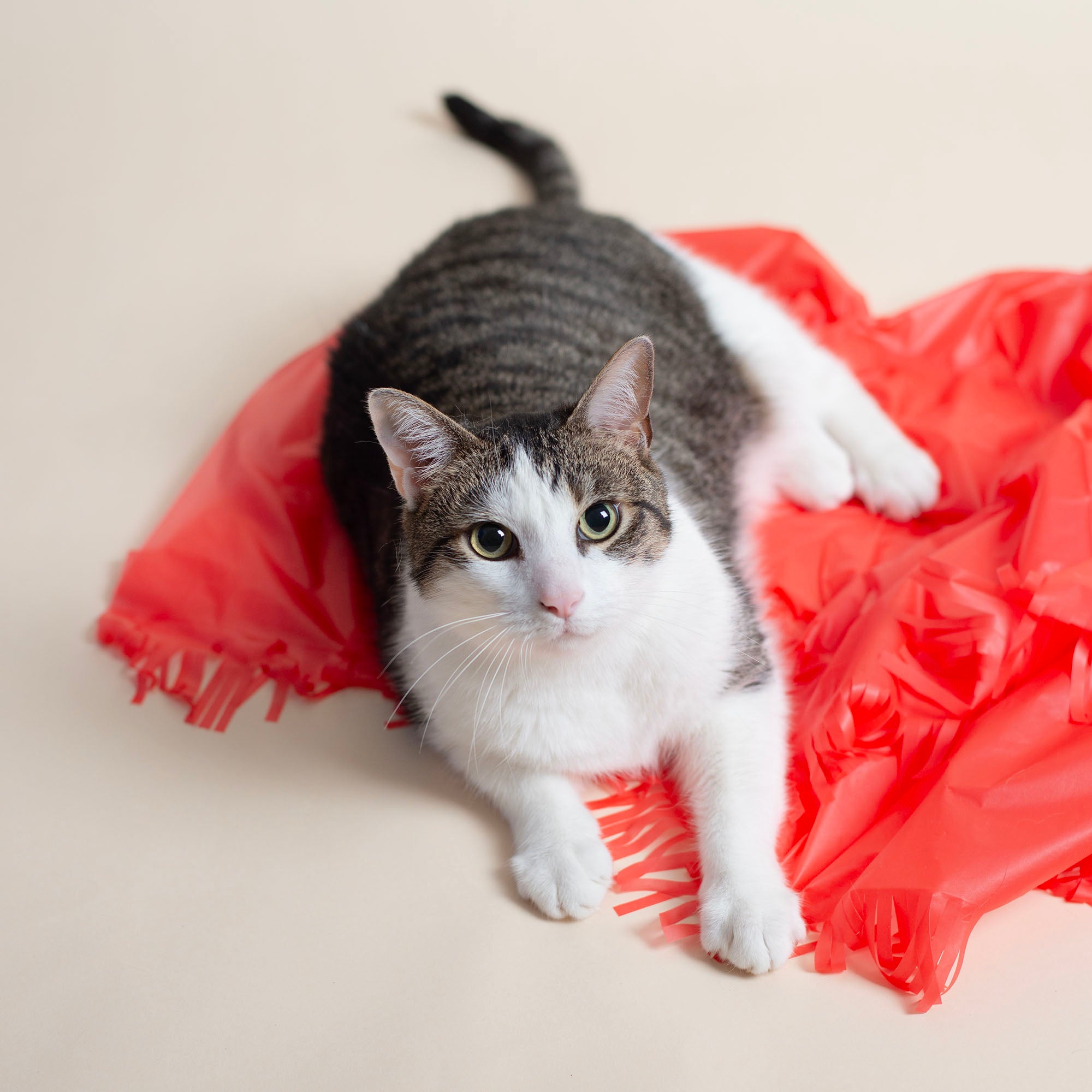Not all strays are feral

Practically every neighborhood in America has stray cats. Whether it’s from previous owners releasing their pets into the wild or simply cats who have grown up on the streets, outdoor cats get a bad rap.
In recent years, the trend has been for vets, myself included, to encourage owners to keep their pet cats indoors. This helps prevent the spread of disease and minimizes life-threatening injuries to our feline companions. But it also means that when we see a cat outdoors, we automatically assume it’s a feral cat. That’s really a misnomer, however. Not all stray cats are feral.

Feral simply means a cat that can never live comfortably indoors with humans. That particular animal is not domesticated and is basically a wild animal.
When we refer to all strays as feral, it can mean that friendly strays and feral cats won’t get the care they need. Understanding the difference can help you to care for homeless cats in your own community.

Friendly strays can be tough to identify, though, because some pet cats don’t wear collars and will still come begging for food. But stray cats can become beloved pets with a little patience and TLC. My friend Carrie took in a stray from her neighborhood who was a perfect candidate for becoming a pet. It took some serious patience, but Sugar has adapted to the indoors beautifully and spends her days in the safety of Carrie’s home instead of under her porch.

Sugar, who was just shy of a year old, showed up on Carrie’s Florida porch around Christmas last year. At first, she was a bit skittish, but it was clear she enjoyed being petted and fed. All attempts at bringing her indoors failed, though. Having been outdoors for her entire life, Sugar was terrified to be confined to four walls. It’s not uncommon for strays, even friendly ones, to be wary of being kept inside. It’s best to take it slow.
For example, Carrie began to move Sugar’s food closer and closer to the front door each time she fed her until finally, she had to stick her head inside to eat. Sugar was tentative at first but gobbled up the food every time.
Slowly, she became more comfortable in the doorway and was coaxed inside with a catnip toy. She played in the open doorway for a few minutes and then went back outside. Carrie repeated this several times. Even so, the first time the door was closed behind her, she cried and scratched at the door to be let out. It took a week of closing the door at meal time (several times a day) before she would stay inside for more than a few minutes.

Soon she became more and more comfortable, sitting in laps and purring when she got chin scratches. She even went exploring a couple of times. It always ended with Sugar asking to go outside, though.
Then, a cold snap dropped the temperature below freezing, so Carrie decided to bring Sugar indoors overnight. She cried a bit but was toasty warm. When morning came, she dashed outside, back to familiar territory. Carrie assumed she would always prefer the outdoors. But a few hours later she was asking to come in where it was warm. Sugar stayed inside for the second night, and this time she was much quieter. The next day, she only went outside for about 20 minutes. And then, a funny thing happened.
“Sugar hasn’t asked to go outside since,” Carrie says. “She loves being an indoor kitty. Her favorite toys are play tunnels like the Hide and Sneak and the Wiggly Wand Worm, which she drags into her favorite hiding place so the other cats can’t get to it.”

It’s great to hear stories about cats like Sugar. But remember, a feral cat would not have been able to adapt like Sugar has.

A truly feral cat will not approach you or other humans. So don’t try to hold a feral cat or treat him like you would your own pets. Feral cats are wild and will act like wild animals. They are afraid of you and will fight back, subjecting you to nasty bites and scratches. And remember, cats can carry diseases, so it’s best to get them to a vet before allowing them to interact with your pets. Also, before attempting to take in a friendly stray check for a microchip and ask around your neighborhood to be sure you’re not stealing someone’s pet.

The best thing you can do for strays and feral cats is to have them spayed or neutered and returned to your neighborhood. This is known as TNR (trap, neuter, release) and it’s an easy way to control cat populations in your community as well as make sure they are healthy.
And if you do let your pet cat outdoors, make sure he has a collar with a tag and is microchipped. Keep your contact information up to date, and be sure to keep kitty current on his shots as well.
Share:
2 comments
-
I have two strays that were found by neighbors. Kairo was found first hiding in a car engine. Neighbors knowing that my daughter volunteered with a rescue asked if we could take him in. He cried all night long. They were able to rescue his brother the next day out of a sewer. Kairo adjusted very well but Spencer is still a little wary of us humans. The rescue kept saying he was unadoptable so we just elected to keep both Spencer and his brother Kairo. Spencer loves our other cats and that’s good enough for us.
Krystal on
-
You CAN tame a feral! It takes a lot of time and patience. My 16 y/o Candy is living proof. Took me about 8-9 months to finally pet her. She loves to be picked up and cuddled!
Laurie Conradi on











